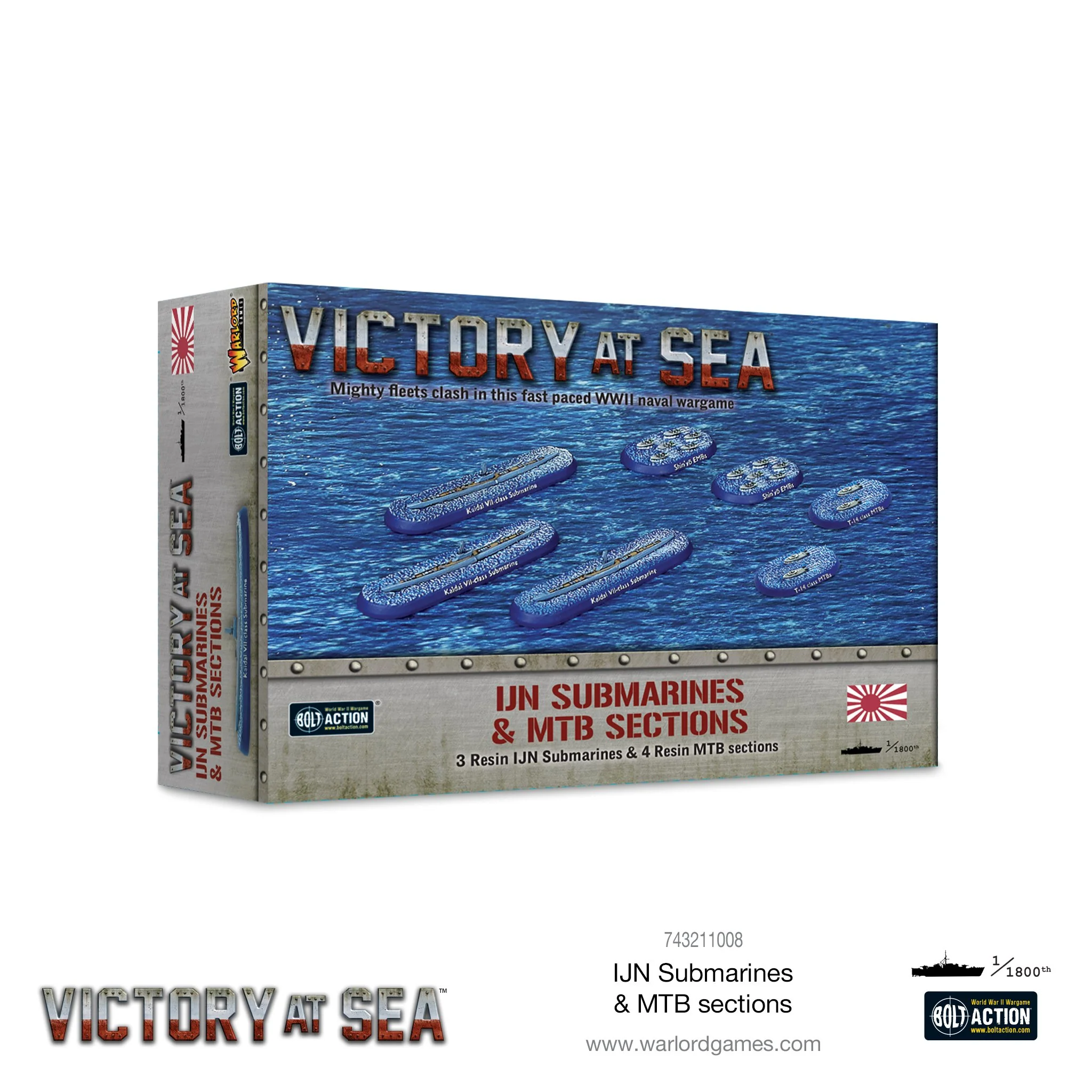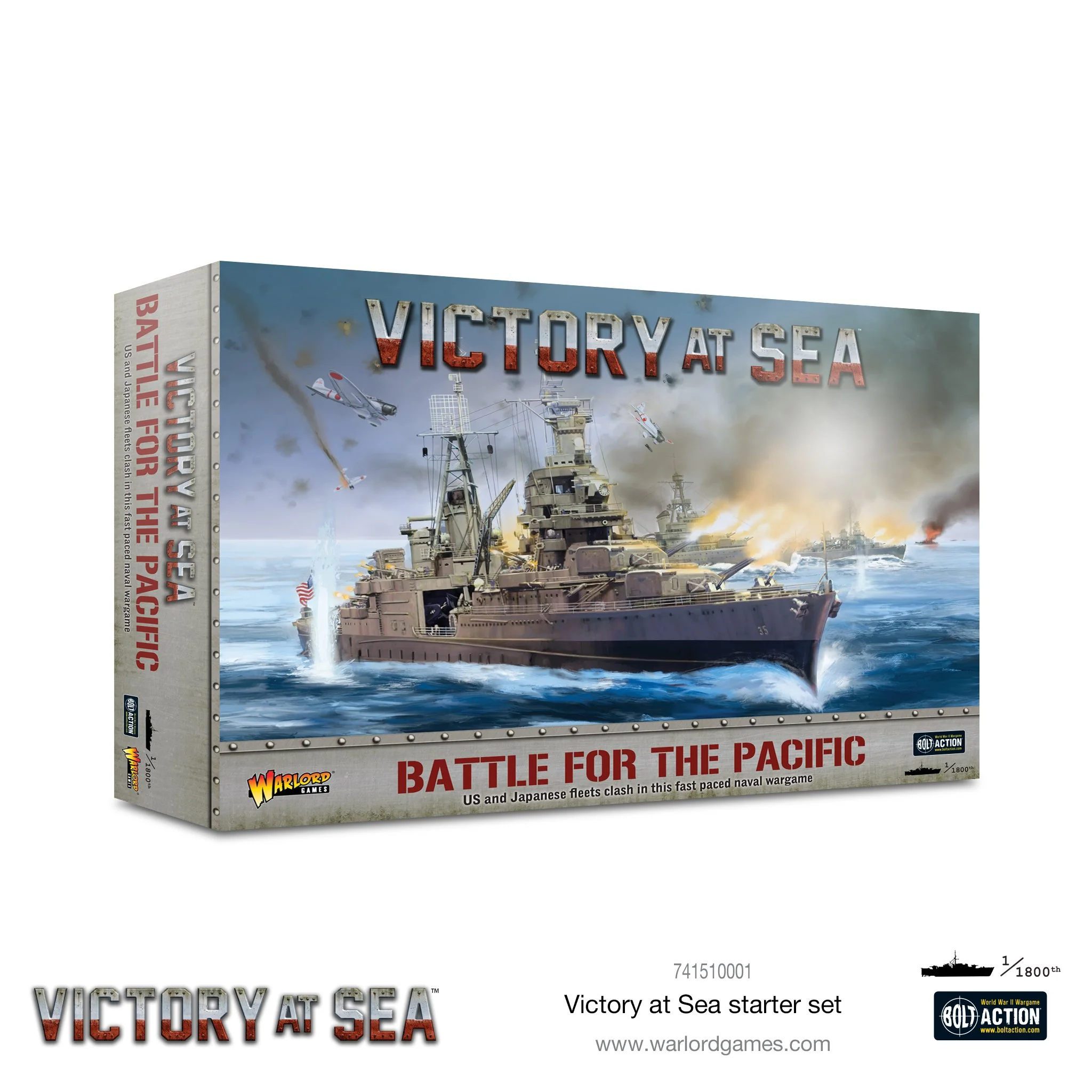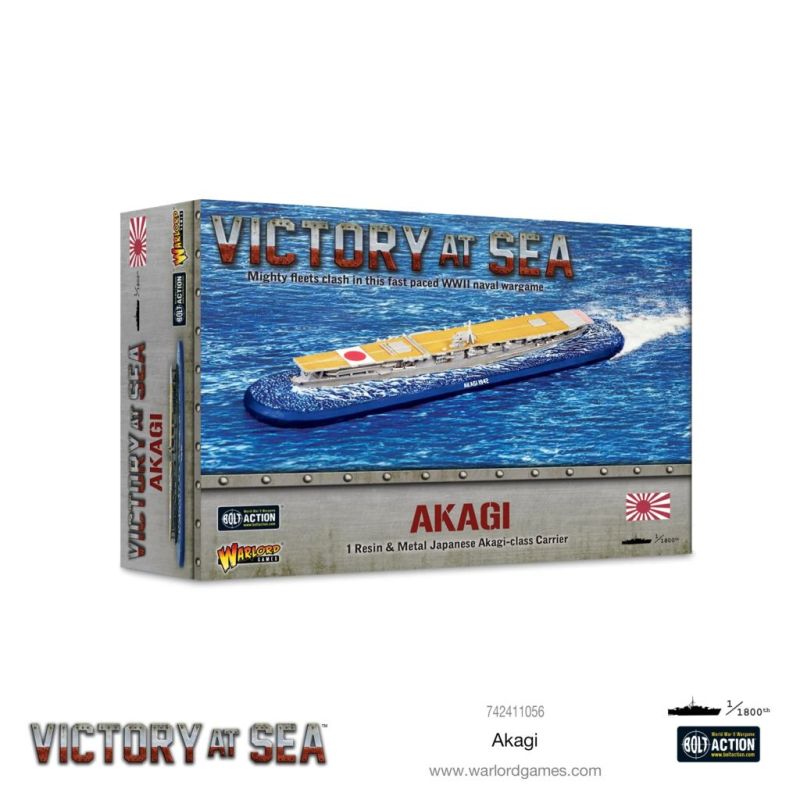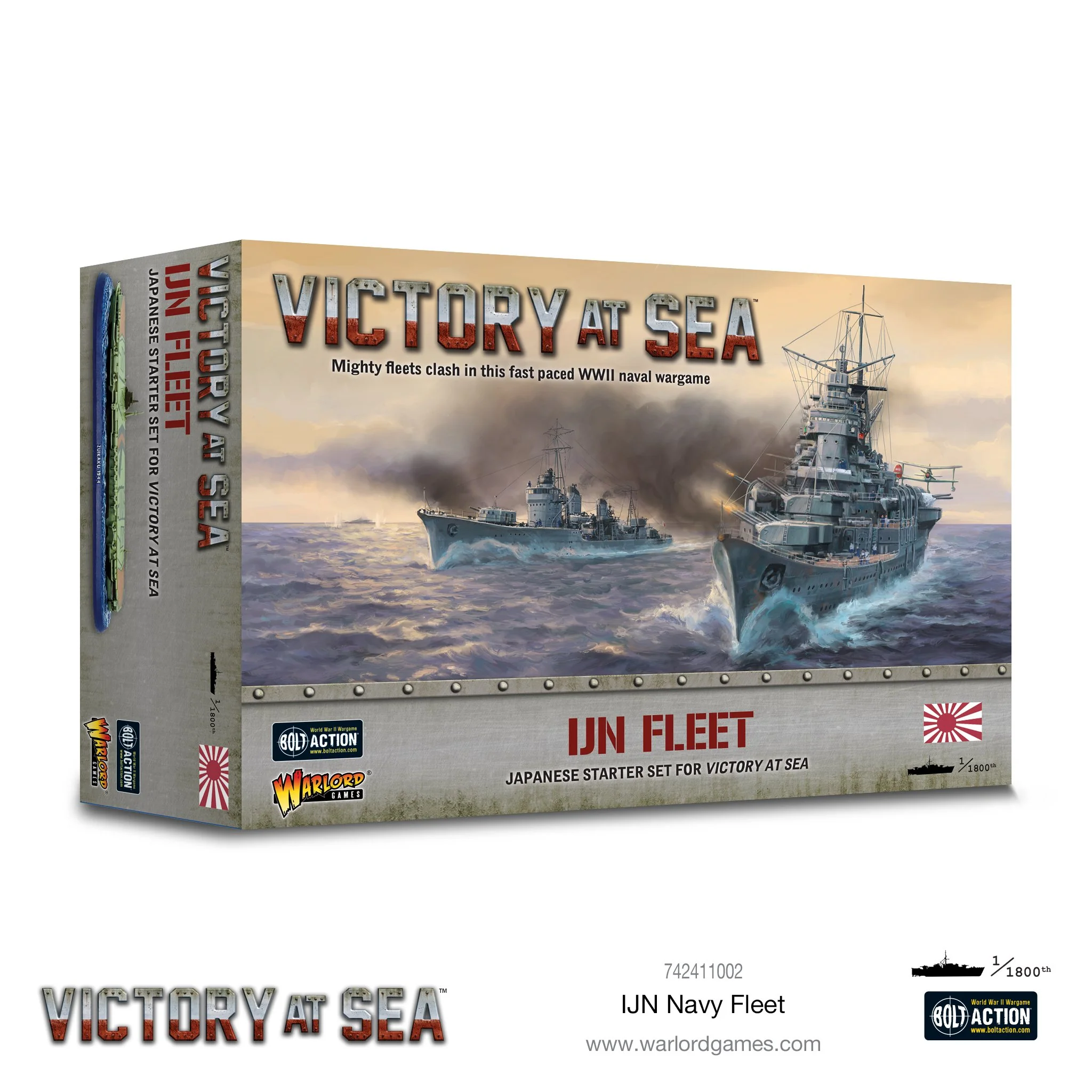-
Tabletops
- A song of Ice & Fire
- andere GW-Systeme
- Blood Bowl
- Bolt Action
- Conquest: Last Argument of Kings
- Freebooters Fate
- Infinity
- Legions Imperialis
- Marvel Crisis Protocol
- Middle Earth™
- Spielmatten
- Spielzubehör
- Star Wars Legion
- Star Wars Shatterpoint
- The Horus Heresy
- Victory At Sea
- Warcry
- Warhammer 40k
- Warhammer: The Old World
- Warhammer Age of Sigmar
- Basteln, Malen und Transport
- Pen&Paper
- Würfel
- Trading Card Games
- Merchandise
- Vorbestellungen
Filter
–
Nicht auf Lager
KJM Aircraft
Witnessing massed airpower at the Battle of Taranto, the Japanese were quick to master the tactic, as seen in their infamous attack on Pearl Harbor. Later in the war, having suffered from terrible attrition and facing defeat, the Japanese turned desperately to kamikaze attacks.Kawanishi N1K1 George: Known to the allies as ‘George,’ the N1K1 entered service in 1943. Designed as a land-based derivative of the Kyōfū single-seat fighter, the George impressed the Imperial Japanese Navy sufficiently that they adopted it. Armed with two .303 machineguns and four 20mm cannon, the George outmatched the Hellcat and could compete with aircraft such as the Mustang and Corsair.Nakajima B5N Kate: The standard Japanese torpedo bomber and one of the main causes of damage at Pearl Harbor, the Kate was a rugged and dependable aircraft, easily superior to its American counterparts.Mitsubishi G3M Nell: Developed to meet a requirement for a maritime reconnaissance and strike platform, the G3M Nell was capable of fulfilling the tactical bomber or torpedo-strike roles and did so with distinction despite being regarded as obsolete by the outbreak of war. G3Ms took part in attacks on HMS Repulse and Prince of Wales in December 1941, the first sinking of capital ships under way by aircraft.Box contains these aircraft flights (in Warlord Resin):4 x Kawanishi N1K1 George flights4 x Nakajima B5N Kate flights1 x Mitsubishi G3M Nell flightModels supplied unassembled and unpainted
34,00 €*
Nicht auf Lager
KJM Submarines & MTB sections
Submarines: The Kaidai-7-class, or KD-7, was developed in the late 1930s, following on from the preceding KD-6 class. With a surface range of 8,000nm at 16kts, and a submerged endurance of 50nm at 5kts, they possessed a slightly better underwater performance to the late-model KD-6s and better surface speed (though not range) than the earlier members of that class. All members of the class were lost by mid-1944. Another ocean-going submersible using 533mm forward and aft torpedo tubes, it served in the South Pacific as well as the waters off Australia. I-177 sunk the hospital ship AHS Centaur off Stradbroke Island. It was presumed lost with all hands on 18 November 1944, while the I-176 was lost six months earlier off of the Solomon’s. There were 10 KD-7 submarines built overall.MTBs: Designed as a suicide craft, the Shin’yō either carried a powerful explosive or two depth charges. The depth charges were intended to be planted by the pilot of the boat, after which he would then make his escape. Although nearly 10,000 were built, they accounted for the sinking of only 5 ships, mainly landing craft.The Imperial Japanese Navy fielded a number of variants on a standard torpedo boat design, differing mainly in machinery fit which affected displacement, giving the illusion of more variety than existed in practice. 238 boats were built within these designations, all armed with two 18-inch torpedoes and 25mm or 13.2mm guns.Box contains:Kaidai-7-class Submarines x 3Shin’yo Kamikaze boat sections x 2T-14 MTB sections x2Ship CardsModels supplied unassembled and unpainted
35,00 €*
Nicht auf Lager
Victory at Sea Starter Set - Battle for the Pacific
Victory at Sea is the game of naval combat during the Second World War. Throughout 1939–45, the nations of the world duelled across the oceans across the globe, only to discover the fundamental nature of naval warfare changing in the face of rapidly developing technologies. Now you can play out these confrontations on the tabletop with entire fleets drawn from the Royal Navy, US Navy, Imperial Japanese Navy, German Kriegsmarine or any of the other nations featured in Victory at Sea.From skirmishes involving single destroyers hunting down merchantmen to the clashing of massive battleships, from invasions of islands across the Pacific to mastering waves of dive bombers, Victory at Sea enables you to fight exciting battles that take place on the oceans of World War II.The Battle for the Pacific starter set focuses primarily on actions in the seas of the Far East – the Imperial Japanese Navy and the mighty US Navy clashing for control of the islands, resources and seas of the Pacific Theatre. The Victory at Sea rules manual presented in this starter game contains all you need to know to begin playing with the fleets included.Contents:A4 Battle of the Pacific Rules manualDie-cut game tokens sheet15 Warlord Resin / Resin model ships:USS Indianapolis 1944USS Northampton 1942USS Chicago 1942Mogami 1939Kumano 1944Furutaka 1939Fubuki-class Destroyer x3Fletcher-class Destroyer x 6Ship Cards and damage sliders x 15Ten-sided dice x 4Six-sided dice x 12A0 Sea Mat x2Models supplied unassembled and unpainted
63,50 €*
Nicht auf Lager
Yamato
Yamato (大和, "Great Harmony") and her sister ship, Musashi, were constructed shortly before the outbreak of World War II. They were the heaviest and most powerfully armed battleships ever constructed; armed with nine 18.1” Type 94 main guns – the largest guns ever mounted on a warship.The battleship’s design was an answer to the numerically dominant US Navy – Imperial Japan’s primary threat in the Pacific. Though laid down in 1937 the battleship was not actually commissioned until late 1941, a week after fated attack on Pearl Harbour. She served as the flagship of the Combined Fleet. It was from her bridge that Admiral Isoroku Yamamoto directed the fleet at Midway in June 1942, though this proved a disastrous defeat for the Japanese. She was thereafter replaced by the Musashi as flagship and spent the larger part of 1943 and 44 moving between ports in a responsive role.October 1944 was the only occasion on which Yamato fired her main guns in anger, at the Battle of Leyte Gulf. Yamato had been tasked with repelling American forces invading the Phillipines. Though success lay within Japanese grasp, such was the ferocity of a counterattack of a light escort carrier group of the U.S. Navy’s Task Force 77 that the Japanese enacted a retreat, falsely believing they faced a much larger carrier force.By early in 1945, Naval superiority in the Pacific belonged firmly to the US Navy. In an effort to delay the Allies’ advance, Yamato was dispatched to Okinawa in April 1945, with no expectation to ever return. Her orders were to beach herself and fight until destroyed. This was not allowed to occur when, on 7 April 1945 when she was sunk by US carrier-based bombers and torpedo bombers, with the loss of the majority of her complement.Contains one ship in Resin and Warlord ResinModels supplied unassembled and unpainted
21,00 €*
Nicht auf Lager
Victory at Sea Rulebook (englisch)
The Battle for the Pacific was only the beginning. Victory at Sea is the game of naval combat during the Second World War. Throughout 1939–45, the nations of the world duelled across the oceans across the globe, only to discover the fundamental nature of naval warfare changing in the face of rapidly developing technologies. Now you can play out these confrontations on the tabletop with entire fleets drawn from the Royal Navy, US Navy, Imperial Japanese Navy, German Kriegsmarine or any of the other nations featured in Victory at Sea.From skirmishes involving single destroyers hunting down merchantmen to the clashing of massive battleships, from invasions of islands across the Pacific to mastering waves of dive bombers, Victory at Sea enables you to fight exciting battles that take place on the oceans of World War II.This rulebook is the ultimate resource for Victory at Sea players. It contains:The complete rules for fighting naval battles, including the use of aircraft, submersibles and coastal defences.Detailed background notes on the progression of naval warfare through WWII.28 historic scenarios, covering every theatre over the span of the whole war.Exhaustive fleet lists for all the major belligerents, providing game statistics for hundreds of unique ships, submarines, aircraft and MTBs.Get a free exclusive model with this book, only when purchased from the warlord webstore!Noshiro was an Agano-class cruiser that served with the Imperial Japanese Navy. This class was designed to serve as the flagship of a destroyer flotilla. Completed in mid-1943, Noshiro participated in battles in the Gilbert and Solomon Islands and later escaped the Battle of the Philippine Sea of 19 June 1944 unscathed. At the Battle of Leyte Gulf, beginning 22 October 1944, Noshiro was ordered to Brunei as flagship of DesRon 2. At the Battle off Samar, the following day Noshiro was credited with hits on the US escort carrier USS White Plains and was partially responsible for the sinking of the carrier USS Gambier Bay, one of only two cases of carriers being sunk by naval gunfire alone. She met her end days later, however, at the hands of Grumman TBM-1C Avenger torpedo bombers, on 26 October.
45,00 €*
Nicht auf Lager
Akagi
Originally laid down as an Amagi-class battlecruiser, the stipulations of the Washington Treaty resulted in her conversion to an aircraft carrier. As a result, Akagi (赤城, "Red Castle") was one of Japan’s first large aircraft carriers. Akagi and her near-sister Kaga straddled the line between carrier and dreadnought. To keep both options open, the ships were designed to be quickly converted to capital ships. They carried turret barbettes, magazines and other equipment to support big gun turrets, and the wooden flight deck and hangar deck were designed to be quickly stripped off, making room for turrets to be mounted. However, by the mid-1930s, the admirals believed the aircraft carrier to be the equal of the capital ship and Akagi was extensively rebuilt to improve aircraft handling capacity, ending any possibility of later converting it to a capital ship.Her aircraft served in the Second Sino-Japanese War in the late 1930s. With the formation of the First Air Fleet in 1941, she became its flagship, and remained so until her sinking. Notable actions include the attack on Pearl Harbor, the invasion of Rabaul, bombing Darwin, Australia and the Indian Ocean Raid.In June 1942, she participated in the Battle of Midway, her aircraft bombarding the American-held atoll. However, US aircraft originating from Midway, and the US carriers Enterprise, Hornet and Yorktown attacked Akagi and three other Japanese fleet carriers. Dive bombers from USS Enterprise severely damaged Akagi, forcing friendly escorting destroyers to scuttle her to avoid her falling into US hands. The loss of four Japanese carriers at this engagement, including Akagi, was a key defeat for Japan, decisively shifting the balance of power in the Pacific theatre.Models supplied unassembled and unpainted
24,50 €*
Nicht auf Lager
KJM fleet
For centuries, Japan's policy of seclusion (sakoku) saw it concentrate on coastal defences in order to repel foreign vessels. However, with the advances other maritime nations were making, it eventually became obvious that no longer would Japan be able to ignore the rest of the world. As an island power, it needed a modern navy. Turning to Britain for assistance, Japan quickly created a powerful modern fleet. It was this capable and confident navy that came out to fight the American Pacific Fleet.The Japanese understood the potential of air power early and created an effective carrier arm. In addition to the carriers, the Imperial Japanese Navy possessed a powerful battleship force, which included the largest and most powerful battleships in the world, the Yamato and the Musashi. The Imperial Japanese Navy's potential was demonstrated in the attack on Pearl Harbor in 1941. Using armour-piercing bombs and torpedoes, Japanese aircraft inflicted tremendous damage on the American Pacific fleet as it lay at anchor.Midway was the turning point of naval war in the Pacific and, from then on, the Imperial Japanese Navy was unable to make any headway against the increasing carrier strength of the US Navy. With the victorious Allies pushing towards the Japanese islands, the Imperial Japanese Navy fought desperately to keep them at bay. Kamikaze aircraft and other suicide weapons were deployed, and eventually warships of the Imperial Japanese Navy made death-rides against US forces.Contents:Kongō -class Battleship Kongō 1941Shōkaku-class Carrier - ZuikakuMogami-class Cruiser - Suzuya 1944Mogami-class Cruiser - Mikuma 1942Agano-class Cruiser - Yahagi 1943Kagero-class Destroyer 1941 x3Fighter Aircraft - Mitsubishi A6M2 Zero x 4 flightsShip Cards and Damage SlidersAssembly InstructionsShips are in Resin and Warlord ResinModels supplied unassembled and unpainted
112,00 €*







